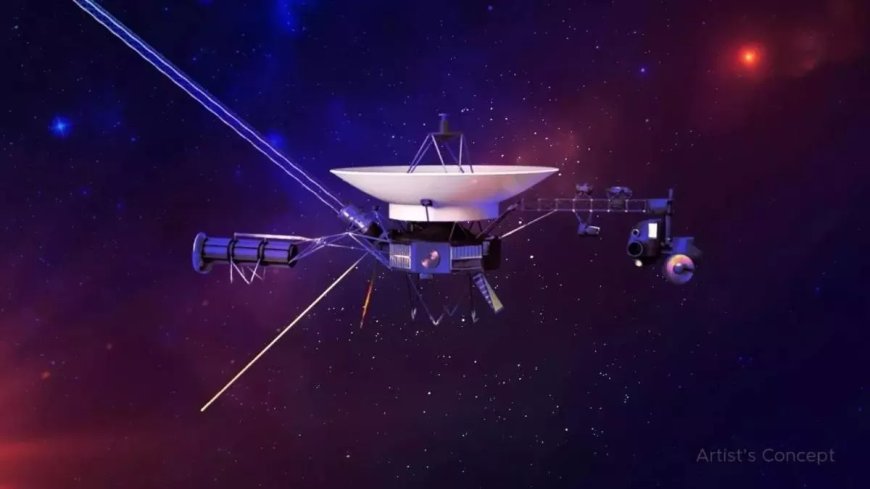Now astronauts will not lose their way on the moon, NASA has used new technology; Read how to get benefit?
NASA used GPS on the Moon for the first time. Signals from the Global Navigation Satellite System (GNSS) were received and tracked on the Moon. This feat was achieved by NASA and the Italian Space Agency on March 3 when the Lunar GNSS Receiver Experiment (LuGRE) received and monitored GPS signals. Let us tell you further how this was possible.

NASA used GPS on the Moon for the first time. This means that for the first time signals from the Global Navigation Satellite System (GNSS) were received and tracked on the Moon.
This feat was achieved by NASA and the Italian Space Agency on March 3, when the Lunar GNSS Receiver Experiment (LUGRE) received and monitored GPS signals.
How will the location be known?
NASA said that these results mean that Artemis missions can benefit from these signals, allowing them to accurately detect their position, speed and time.
What are GNSS signals?
GNSS signals transfer information about position, navigation and time using radio waves and are broadcast by satellites orbiting the Earth.
Several GNSS constellations, including GPS, Galileo, Beidou and GLONASS, have been provided by governments around the world.
How did LUGRE reach the Moon?
LuGRE was carried to the Moon on Firefly Aerospace's Blue Ghost lunar lander, which landed on the Moon on March 2. LuGRE was one of 10 NASA payloads that Blue Ghost delivered to the Moon. Immediately after landing, LuGRE payload operators at NASA's Goddard Space Flight Center in Greenbelt, Maryland, began their first science operations on the lunar surface.
LugRE acquired navigation fixes about 2.25 lakh miles from Earth. The technology will continue to operate continuously for 14 days, setting additional GNSS milestones. LuGRE is also the first Italian Space Agency hardware developed on the Moon, a milestone for the organization.







